When you drive an SUV or a light pickup truck, choosing the right tires can be very important. Whether you've got a carload of people or a truckload of equipment, your tires are what keep your vehicle safely on the road. And when it comes to passenger vs. light truck tires, knowing the difference could make all the difference.
The difference between passenger (P-metric) and light truck (LT-metric) tires comes down to how the tire is engineered. LT-metric tires are used for rougher driving conditions. You'll find these tires on SUVs, pickups, and vans that tend to haul a heavier load and travel in more off-road conditions.
P-metric tires offer a quieter, smoother, and more comfortable ride. Passenger tires were originally designed for use on sedans, crossovers, coupes, and other lighter vehicles—but they can also be used on trucks, under the right driving conditions.
P-metric tires perform well under wet and dry conditions but are not meant for off-road use on rough or aggressive terrain.
There are three main types of passenger tires: Low Rolling Resistance tires, Touring tires, and Performance tires. Low Rolling Resistance refers to technological advances that make it possible for tires to go farther than conventional tires using the same amount of energy and fuel. Bridgestone’s Ecopia line of tires is the industry leader in this category, with Firestone’s Champion Fuel Fighter trailing close behind.
Touring tires, such as Bridgestone’s DriveGuard or Turanza, offer higher speed ratings and mileage warranties. They’re well known for providing enhanced responsiveness, road comfort, noise control, and a longer tread life than most performance tires.
Performance tires have become increasingly popular, and some manufacturers even use them on the factory models of sportier vehicles. With higher degrees of responsiveness, increased traction, and a bolder appearance, both Bridgestone’s Potenza and Firestone’s Firehawk are leading examples within the Performance segment.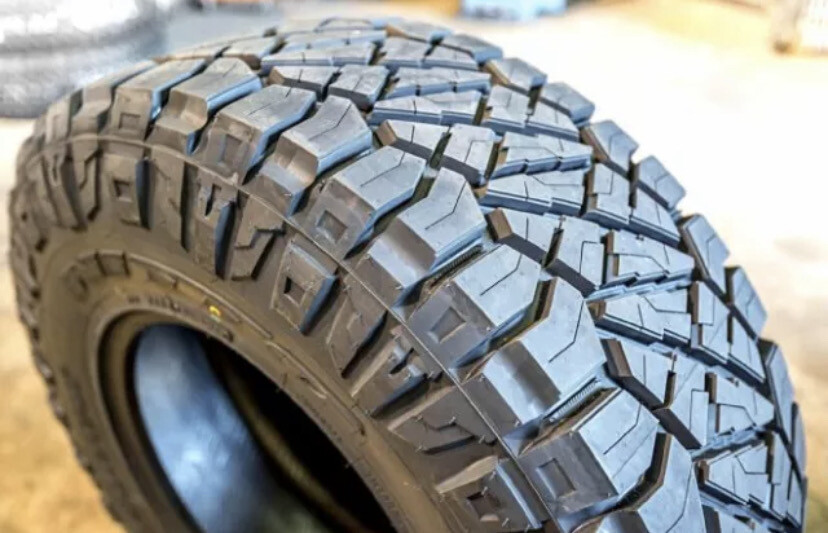
Light truck or LT-metric tires have more rigid sidewalls and deeper treads than their P-metric counterparts. Their “heavier” construction also makes them superior for hauling heavy loads and navigating rough terrain.
Additionally, LT-metric tires often provide better handling when towing heavy equipment or supplies, which makes them a top choice for hardworking trucks and SUVs. Bridgestone’s Dueler and Firestone’s Destination are among the top names in the light truck tire game.
Many lightweight pickups, vans, and SUVs come from the factory with P-metric tires, which means they are designed for paved roadways and standard load sizes. These tires won't do much if you plan on doing heavy-duty work with your light-duty truck. But before you switch your P-metric tires to LT-metric tires instead, check out how they stack up.
While LT-metric tires do well off-road, they aren't suited for standard driving conditions. Their rolling resistance and heavy-duty construction can significantly increase fuel costs. And if you do a lot of highway driving, the resulting tread wear on your heavy-duty tires could cost you heavy-duty money. Plus, you could notice that your ride becomes noisier or rougher after replacing your P-metric tires with light truck tires.
Their rolling resistance and heavy-duty construction can significantly increase fuel costs. And if you do a lot of highway driving, the resulting tread wear on your heavy-duty tires could cost you heavy-duty money. Plus, you could notice that your ride becomes noisier or rougher after replacing your P-metric tires with light truck tires.
On the other hand, if you haul heavy loads or drive on a lot of off-road terrains, putting P-metric tires on your light truck can be downright dangerous! Since these tires aren't equipped to handle rough off-road conditions, you could damage the tire and dramatically shorten its lifespan. Additionally, the lack of support you get from the tire could allow those rough conditions to wreak havoc on your suspension!
When determining what kind of tire your vehicle needs, evaluate which driving environment you spend most of your time in. But if you're still unsure whether you need light truck or passenger tires, come in to a Firestone Complete Auto Care near you.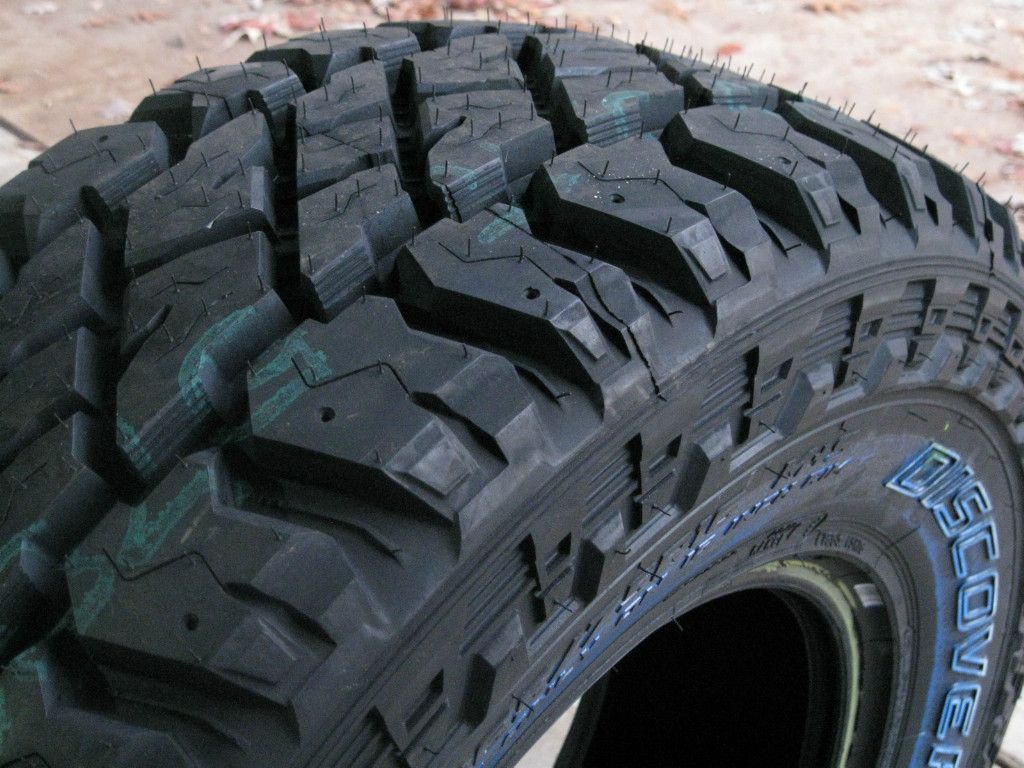 Our professionals can recommend tires that best suit your vehicle and your driving habits to get you back on the road where you belong!
Our professionals can recommend tires that best suit your vehicle and your driving habits to get you back on the road where you belong!
Unless your work involves dealing with tires, as ours does, you probably think about tires only when something goes wrong. So when you do need to search for new tires you’re met with a lot of terms, abbreviations, tire codes, and numbers that look a lot like alphabet soup. There is, literally, a lot riding on selecting the right tire for your vehicle and driving needs, so smart shoppers need to know what those terms mean.
LT on a tire stands for "light truck," which is a type of passenger tire, but LT tires are intended for very specific heavy-duty jobs, which we'll explain.
SHOP LT TIRES NOW
Exactly what is a light truck? To understand if your vehicle requires LT tires or passenger tires, you first have to understand what a light truck is, which is a bit more complicated than it may seem.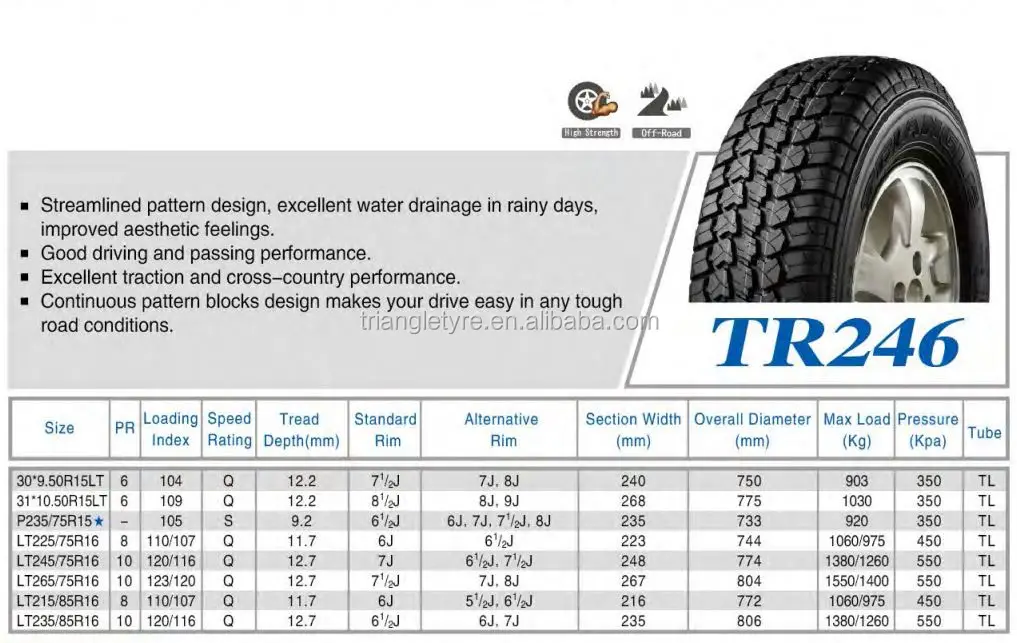 This is because most people think of a specific body style when they think of a truck, which is not how the classification works. The designation actually refers to weight and payload capacity, which means plenty of vehicles you wouldn’t call a truck actually fall into this category.
This is because most people think of a specific body style when they think of a truck, which is not how the classification works. The designation actually refers to weight and payload capacity, which means plenty of vehicles you wouldn’t call a truck actually fall into this category.
In the United States, what is considered to be a light truck refers to vehicles with a gross vehicle weight of up to 8,500 pounds. Additionally, light trucks are capable of payload capacities up to 4,000 pounds. This refers to the total weight the vehicle can safely carry, including everything in the cabin and trunk or bed.
Many sport utility vehicles (SUVs), crossover utility vehicles (CUVs), vans, minivans, and pickups fall into the light truck category, but not all. An SUV may be rated for less weight and a truck or van may be rated for more. Because you cannot tell simply by looking at a vehicle if it is officially a light truck, you need to check your vehicle’s instruction manual to be sure.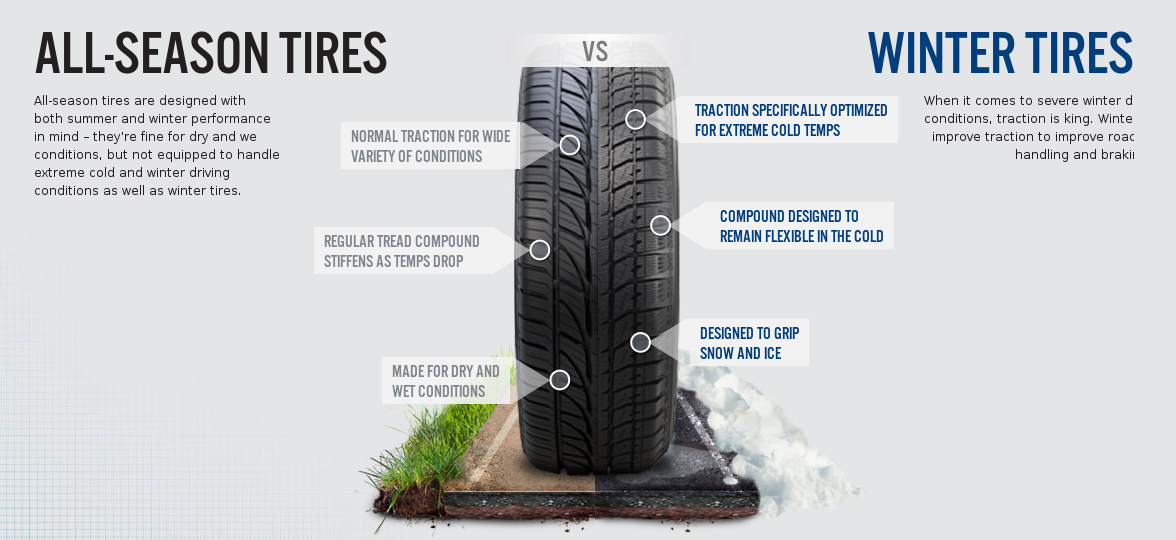
A tire designated as an LT tire means the tire maker constructed it to accommodate the extra weight and payload capacity up to 4,000 pounds (1.81 ton). This helps to provide a safer ride but also impacts the fuel economy and life of the tire.
Do you need LT tires? Look inside your driver's side door jamb. There should be a sticker that lists your payload capacity, or a warning that says the limit of the combined weight of passengers and cargo. If it's not there, check your owner's manual.
LT tires are marked with “LT” plus a variety of symbols and numbers. Each marking gives you important information about the tire’s intended use; however, all LT tires have some characteristics in common. For example, LT tires have more rigid sidewalls with thicker rubber to provide the strength for all that extra weight. They may have an extra steel belt, deeper treads, and generally heavier construction so they stand up to more harsh driving conditions.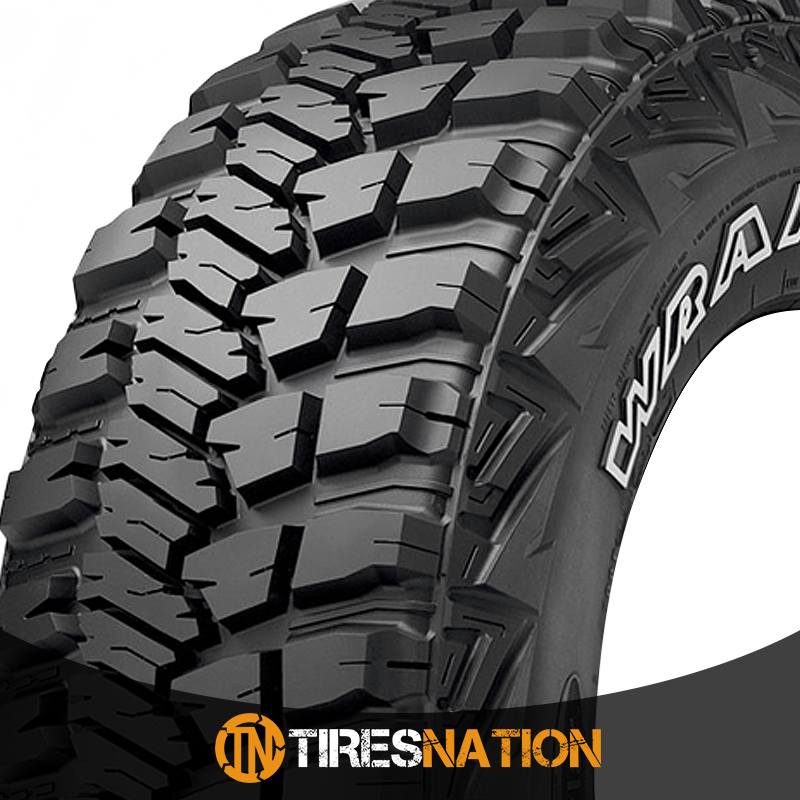
That's a good question, and we wish we could definitively say yes or no. The answer really depends on your driving style, the vehicle itself, and the terrain on which you drive. LT tires will last longer on a light truck than passenger tires will, that's for sure.
In short, LT tires are more ruggedly constructed, built to carry heavier loads and to perform under more harsh driving conditions, including off-road driving.
Tire Agent does not recommend that you use passenger tires on a light truck, especially if you transport a lot of people and carry heavy loads.
Yes, but always check your owner's manual to ensure your SUV requires LT tires. P metric tires vs LT might be better options.
Better yet, use Tire Agent's tire-matching technology to find the right tires for your vehicle.
FIND TIRES NOW
Passenger tires are made to be used on your average passenger vehicle. You may also see them referred to as passenger automobiles and light-duty vehicles. Typically, this refers to vehicles designed to carry no more than 10 people, with lower weight capacity than medium-duty vehicles and light-duty trucks. In general, most cars fall into this category, but there are also some SUVs and CUVs that do as well.
You may also see them referred to as passenger automobiles and light-duty vehicles. Typically, this refers to vehicles designed to carry no more than 10 people, with lower weight capacity than medium-duty vehicles and light-duty trucks. In general, most cars fall into this category, but there are also some SUVs and CUVs that do as well.
Sometimes you'll see passenger tires referred to as "p metric" tires. Manufacturers engineer them to deliver a safe and reliable driving experience for lighter vehicles. You’ll find a variety of passenger tires options, such as touring and high performance. Each of these has its own unique characteristics, but in general, passenger tires use flexible rubber for a more comfortable ride with less road noise. They also have tread patterns to match their use, such as enhancing traction on ice or reducing the risk of hydroplaning.
The question we're often asked is, can you use LT tires on passenger vehicles? Because LT tires are more rugged and designed to handle heavy loads on and off-road, this might be overkill for your four-door sedan or lighter passenger vehicle.
At the end of the day, passenger tires are made for lighter vehicles and intended for daily driving on paved roads under a variety of weather conditions.
Since LT tires are constructed to be extra tough and withstand rigorous driving conditions, one might be tempted to just use them for any vehicle. After all, if you put tires built to withstand difficult driving conditions on your car, wouldn’t you be less likely to have a flat or blowout?
While you could put LT tires on a car, it would not be as beneficial as you may think. LT tires tend to cost more because they are built to carry heavy loads and resist punctures. This makes them less economical for your average daily commute. They also tend to be more rigid, and that translates to a ride that is less smooth with more road noise.
To sum it up, LT tires ...
So how do you decide between LT and passenger tires? Your best bet is to always search for your vehicle's make and model first.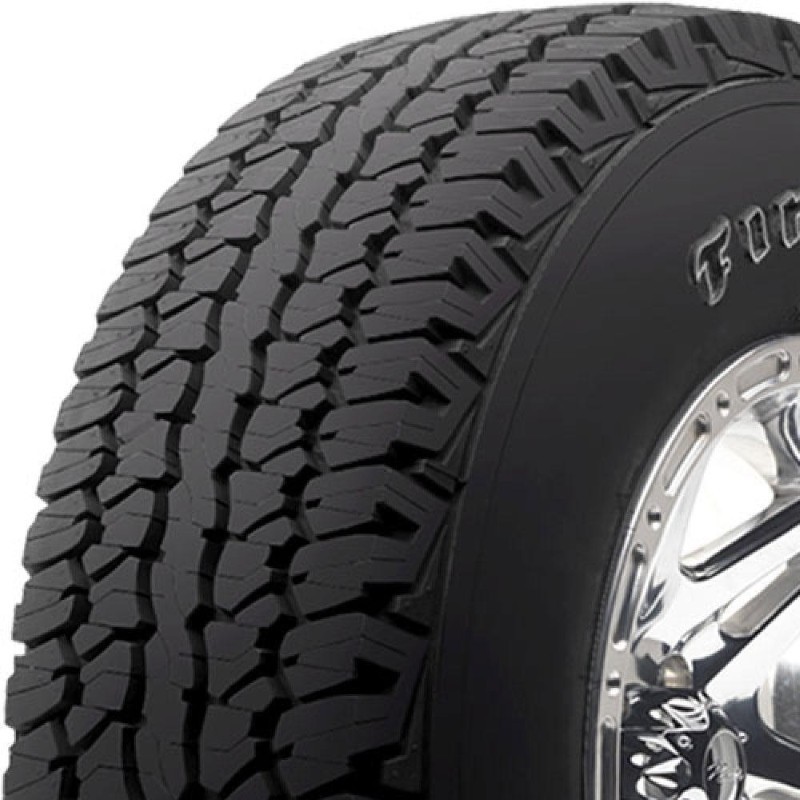 This will narrow your options and display only tires that are suited for your specific vehicle. Next, you should consider how you use your car and the climate you live in. For example, do you use your car for daily commuting through stop-and-go traffic? Do you live in an area that experiences all four seasons, including snow? By answering these questions, you will be able to target the correct tire options available for your vehicle and match the tires you buy to how you drive.
This will narrow your options and display only tires that are suited for your specific vehicle. Next, you should consider how you use your car and the climate you live in. For example, do you use your car for daily commuting through stop-and-go traffic? Do you live in an area that experiences all four seasons, including snow? By answering these questions, you will be able to target the correct tire options available for your vehicle and match the tires you buy to how you drive.
Do you want to choose a tire for your car, but do not understand tire markings well? It's not a problem! In this section, we will help you figure out what tire parameters are, what they mean, and which tire is right for your car.
Select tires / tire catalog
195/65 R15 91 T XL
195 is the tire width in mm.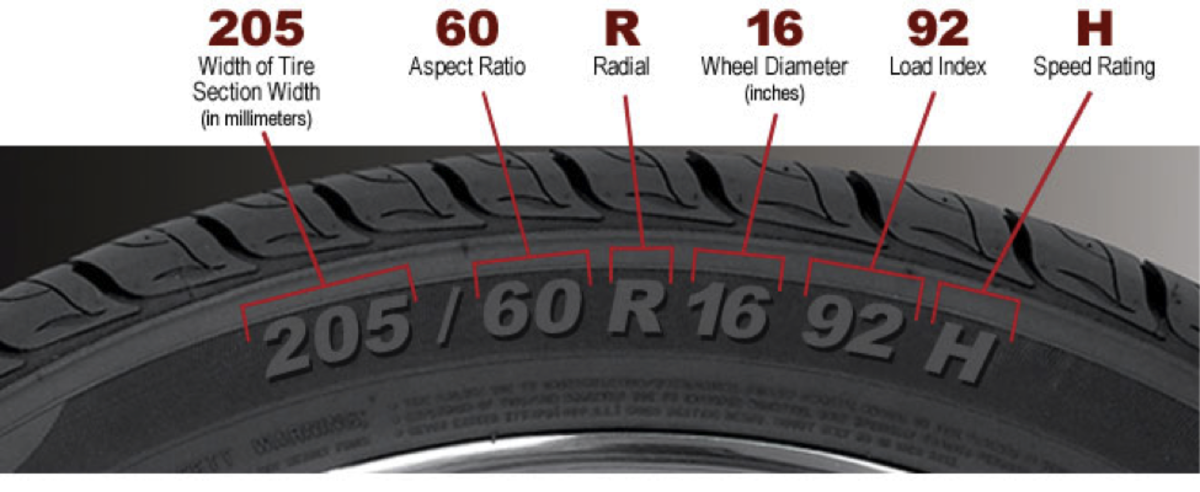
65 - Proportionality, i.e. profile height to width ratio. In our case, it is equal to 65%. Simply put, with the same width, the larger this indicator, the higher the tire will be and vice versa. Usually this value is simply called “profile”.
Since the tire profile is a relative value, it is important to take into account when choosing rubber that if you want to put tires with a size of 205/65 R15 instead of the size 195/65 R15, then not only the width of the tire will increase, but also the height! Which in most cases is unacceptable! (except when both of these sizes are indicated in the car's operating book). You can calculate the exact data on changing the outer dimensions of the wheel in a special tire calculator.
If this ratio is not specified (for example, 185/R14C), then it is equal to 80-82% and the tire is called full profile. Reinforced tires with this marking are usually used on minibuses and light trucks, where a large maximum wheel load is very important.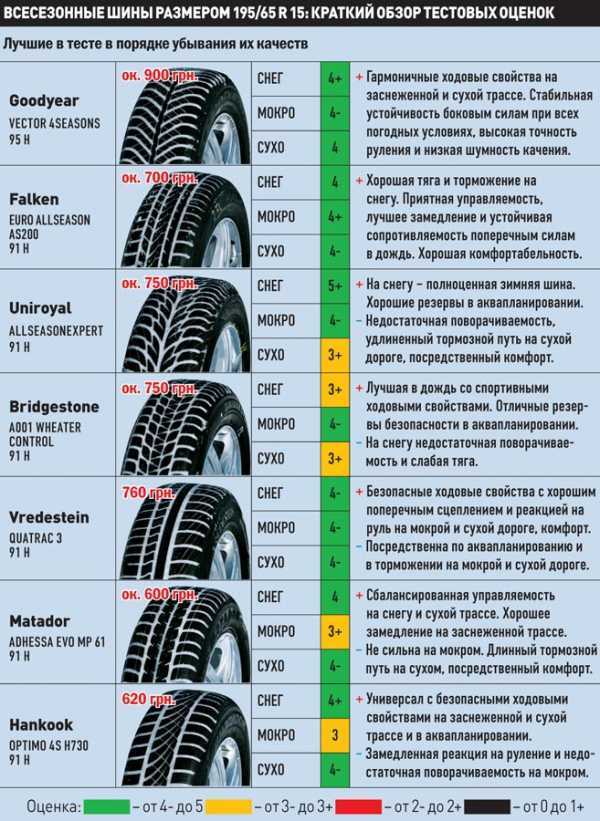
R - means a tire with a radial cord (in fact, almost all tires are made this way now).
Many mistakenly believe that R- means the radius of the tire, but this is the radial design of the tire. There is also a diagonal design (indicated by the letter D), but recently it has practically not been produced, since its performance is noticeably worse.
15 - wheel (rim) diameter in inches. (It is the diameter, not the radius! This is also a common mistake). This is the “landing” diameter of the tire on the disk, i.e. is the inside size of the tire or the outside of the rim.
91 - load index. This is the level of maximum permissible load on one wheel. For passenger cars, it is usually done with a margin and is not a decisive factor when choosing tires (in our case, IN - 91 - 670 kg.). For minibuses and small trucks, this parameter is very important and must be observed.
T is the tire speed index.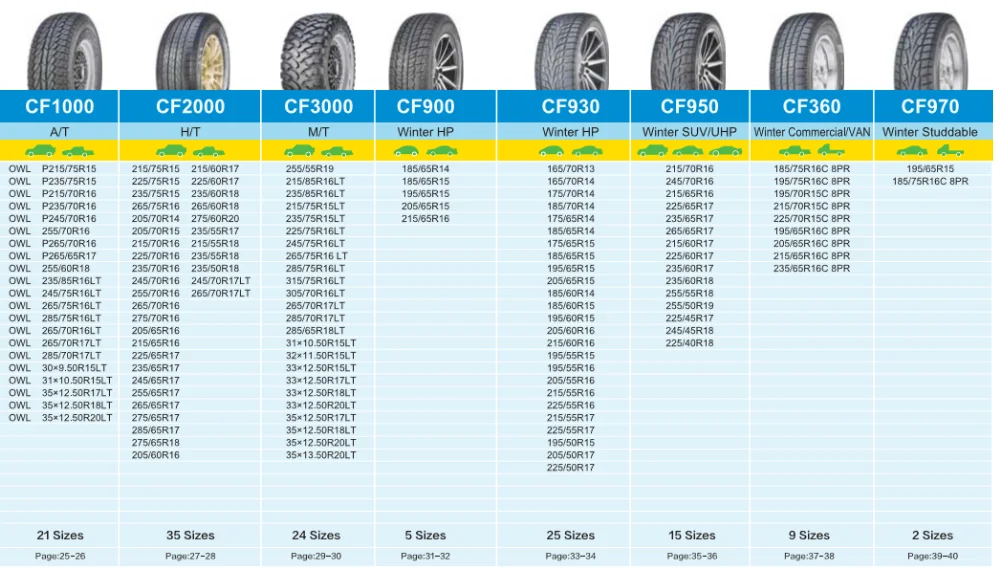 The larger it is, the faster you can ride on this tire (in our case, IS - H - up to 210 km / h). Speaking about the tire speed index, I would like to note that with this parameter, the tire manufacturer guarantees the normal operation of the rubber when the car is constantly moving at the specified speed for several hours.
The larger it is, the faster you can ride on this tire (in our case, IS - H - up to 210 km / h). Speaking about the tire speed index, I would like to note that with this parameter, the tire manufacturer guarantees the normal operation of the rubber when the car is constantly moving at the specified speed for several hours.
There are two different American tire markings. The first one is very similar to the European one, only the letters “P” (Passanger - for a passenger car) or “LT” (Light Truck - light truck) are placed before the size. For example: P 195/60 R 14 or LT 235/75 R15. And another tire marking, which is fundamentally different from the European one.
Example: 31x10.5 R15 (corresponds to European size 265/75 R15)
31 is the outside diameter of the tire in inches.
10.5 is tire width in inches.
R - a tire with a radial design (older tire models were with a diagonal design).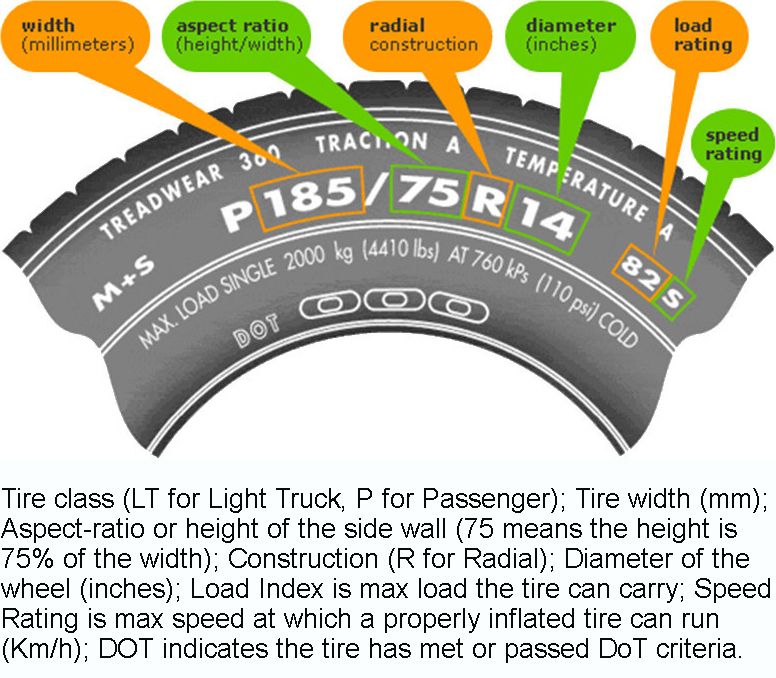
15 is the inner diameter of the tire in inches.
Generally speaking, except for inches that are unusual for us, the American tire marking is logical and more understandable, unlike the European one, where the height of the tire profile is not constant and depends on the width of the tire. And here everything is simple with decoding: the first digit of the standard size is the outer diameter, the second is the width, the third is the inner diameter.
XL or Extra Load is a reinforced tire, the load index of which is 3 units higher than that of conventional tires of the same size. In other words, if a given tire has a load index of 91 marked XL or Extra Load, then this means that with this index, the tire is able to withstand a maximum load of 670 kg instead of 615 kg (see the table of tire load indices).
M+S or tire marking M&S (Mud + Snow) - mud plus snow and means that the tires are all-season or winter.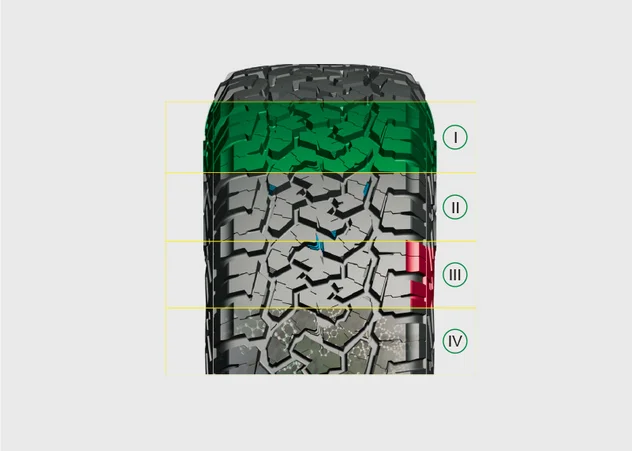 Many summer tires for SUVs are labeled M&S. However, these tires must not be used in winter, as winter tires have a completely different rubber compound and tread pattern, and the M&S badge indicates good flotation performance.
Many summer tires for SUVs are labeled M&S. However, these tires must not be used in winter, as winter tires have a completely different rubber compound and tread pattern, and the M&S badge indicates good flotation performance.
All Season or AS all season tires. Aw (Any Weather) - Any weather.
Pictogram * (snowflake) — rubber is designed for use in harsh winter conditions. If this marking is not on the sidewall of the tire, then this tire is intended for use only in summer conditions.
Aquatred, Aquacontact, Rain, Water, Aqua or icon (umbrella) Special rain tires.
Outside and Inside ; asymmetric tires, i.e. It is important not to confuse which side is the outside and which is the inside. When installing, the Outside inscription must be on the outside of the car, and Inside on the inside.
RSC (RunFlat System Component) - RunFlat tires are tires on which you can continue to drive a car at a speed of no more than 80 km / h with a FULL tire pressure drop (due to a puncture or cut). On these tires, depending on the manufacturer's recommendations, you can drive from 50 to 150 km. Different tire manufacturers use different designations for RSC technology. For example: Bridgestone RFT, Continental SSR, Goodyear RunOnFlat, Nokian Run Flat, Michelin ZP etc.
On these tires, depending on the manufacturer's recommendations, you can drive from 50 to 150 km. Different tire manufacturers use different designations for RSC technology. For example: Bridgestone RFT, Continental SSR, Goodyear RunOnFlat, Nokian Run Flat, Michelin ZP etc.
Rotation or arrow This marking on the tire sidewall indicates a directional tire. When installing the tire, you must strictly observe the direction of rotation of the wheel, indicated by the arrow.
Tubeless - tubeless tire. In the absence of this inscription, the tire can only be used with a camera. Tube Type - indicates that this tire must be used only with a tube.
Max Pressure ; maximum allowable tire pressure. Max Load - the maximum allowable load on each wheel of the car, in kg.
Reinforced or the letters RF in the size (for example 195/70 R15RF) means that this is a reinforced tire (6 layers). The letter C at the end of the size (for example 195/70 R15C) indicates a truck tire (8 layers).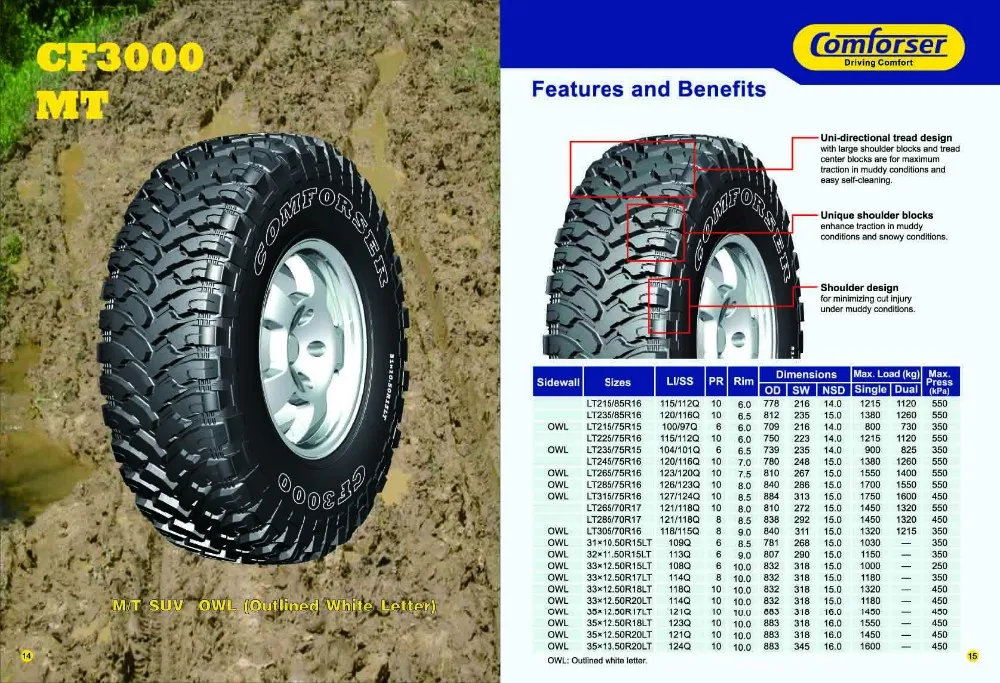
Radial this marking on the rubber in the standard size means that it is a radial construction tire. Steel means that there is a metal cord in the tire structure.
Letter E (in a circle) - the tire meets the European requirements of ECE (Economic Commission for Europe). DOT (Department of Transportation - US Department of Transportation) is an American quality standard.
Temperature A, B, or C The temperature resistance of the tire at high speeds on the test bench (A is best).
Traction A, B, or C
Treadwear ; relative expected mileage compared to a specific US standard test.
TWI (Tread Wear Indiration) - tire tread wear indicators. The marking on the TWI wheel can also be with an arrow. Pointers are located evenly in eight or six places around the entire circumference of the tire and show the minimum allowable tread depth. The wear indicator is made in the form of a protrusion with a height of 1. 6 mm (the minimum tread value for light vehicles) and is located in the tread recess (usually in the drainage grooves).
6 mm (the minimum tread value for light vehicles) and is located in the tread recess (usually in the drainage grooves).
DOT - Manufacturer's coded address, tire size code, certificate, issue date (week/year).
Find tires / tire catalog
Please enable JavaScript in your browser to display pages properly.
8 (800) 707-65-40
Request a call
Remind password
Personal account
New customer
6 + 5 =I hereby confirm that I have read and agree to the terms of the privacy policy and consent to the processing of my personal data. Learn more
Request a call
Leave your phone number and a convenient time to call, and we will call you back
Shopul.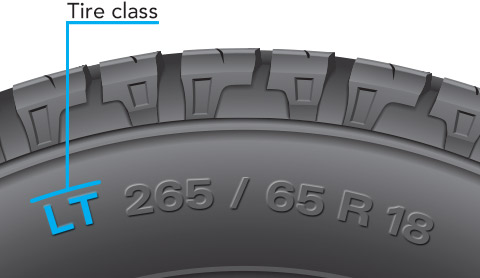 Komsomolskoye highway, 3b st. Business, 7st. Vaneeva, 209Aul. Golubeva, 7 st. Karl Marx, 60 vul. Comintern, 39, room 1st. Generala Ivlieva, house 24Aul. Fuchik, 36, Perekhodnikova st., 28/1 st. Dyakonova, 2 r. Gaugelya 2A/2pr. Gagarina, 37b 3+3=
Komsomolskoye highway, 3b st. Business, 7st. Vaneeva, 209Aul. Golubeva, 7 st. Karl Marx, 60 vul. Comintern, 39, room 1st. Generala Ivlieva, house 24Aul. Fuchik, 36, Perekhodnikova st., 28/1 st. Dyakonova, 2 r. Gaugelya 2A/2pr. Gagarina, 37b 3+3= I hereby confirm that I have read and agree to the terms of the privacy policy and consent to the processing of my personal data. Learn more
American tire designation system is practically the same as the European one, except for the letters in front of the digital index (for example, P195 / 60R14), which, according to the American system P-metric , indicate the tire destination index:
In addition, P-metric implies a direct indication of the design features on the sidewall of the tire.
For example, the inscription " TREAD: 4 PLUES (2 PLUES RAYON + 2 PLUES STEEL) and SIDEWALL: 2 PLUES RAYON " gives a direct indication that the tire breaker consists of two layers of steel cord, and the sidewall - of two layers viscose cord.
An important feature is that Load Indexes (LBS) are in pounds and Recommended Pressures (PSI) are in psi.
How to translate these quantities into the usual kg and atmosphere?
1 atm = 14.6959793 PSI , i.e. if you see the inscription MAX.PSI 33 on the tire, this means that the maximum allowable pressure in the tire is 33/14.69 = 2.25 atm.
1 lb = 0.4535 kg . Those. if you see the designation MAX LOAD 1325 on the tire, then this means that the maximum load on the tire is 1325x0.4535 = 560 kg.
In addition, the tires are indicated wear index (TWI) - TREAD WEAR INDEX ; grip index - TRACTION INDEX; temperature index - TEMPERATURE INDEX , which are not affixed to European-made tires.